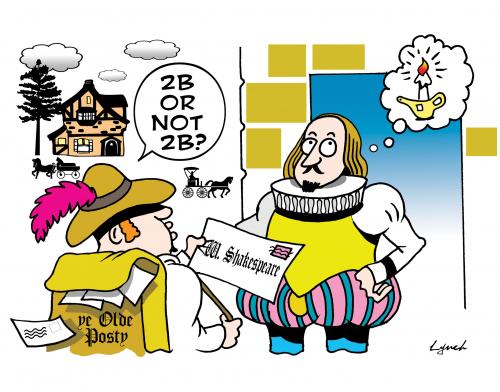Il verbo to be (essere)
Simple present
Il verbo essere può essere scritto alla forma contratta o alla forma non contratta
FORMA AFFERMATIVA CONTRATTA/ NON CONTRATTA
I'm/am
you're/are
he's/is
she's/is
it's/is
we're/are
you're/are
they're/are
Per la forma negativa basterà aggiungere NOT dopo il verbo
I'm not/ I am not,ecc....
per la forma contratta c'è la variante
I'm not
you aren't
he isn't
she isn't
it isn't
we aren't
Per la forma interrogativa o interrogativa-negativa si usa l'inversione del soggetto e del verbo:
am I?
are you?
is he?
is she?
is it?
are we?
are you?
are they?
Stessa cosa per la forma contratta (contrazione verbo + pronome personale soggetto)
Ebbene sapere che nella lingua scritta si usa e si deve usare prevalentemente la forma non conratta.
In questo caso la struttura della forma interrogativo-negativa sarà la seguente:
ausiliare + pronome personale soggetto + not ?
ausiliare + not + soggetto (sostantivo) ?
usi paricolari di to be
viene indicato per esprimere :
età: How old are you? I'm 20 years old.
prezzo: How much are those apples? They are 1,30 € a kilo.
misura: How deep is that river? It's two metres deep.
salute: How are you? I'm not so well
To be viene inoltre usato in espressioni indicanti condizione fisica e mentale:
To be hungry avere fame
To be thirsty avere sete
To be cold avere fredd
To be hot avere molto caldo
To be sleepy avere molto sonno
To be afraid avere paura
To be ashamed avere vergogna
To be in a hurry avere fretta
To be right avere ragione
To be wrong avere torto

Nessun commento:
Posta un commento